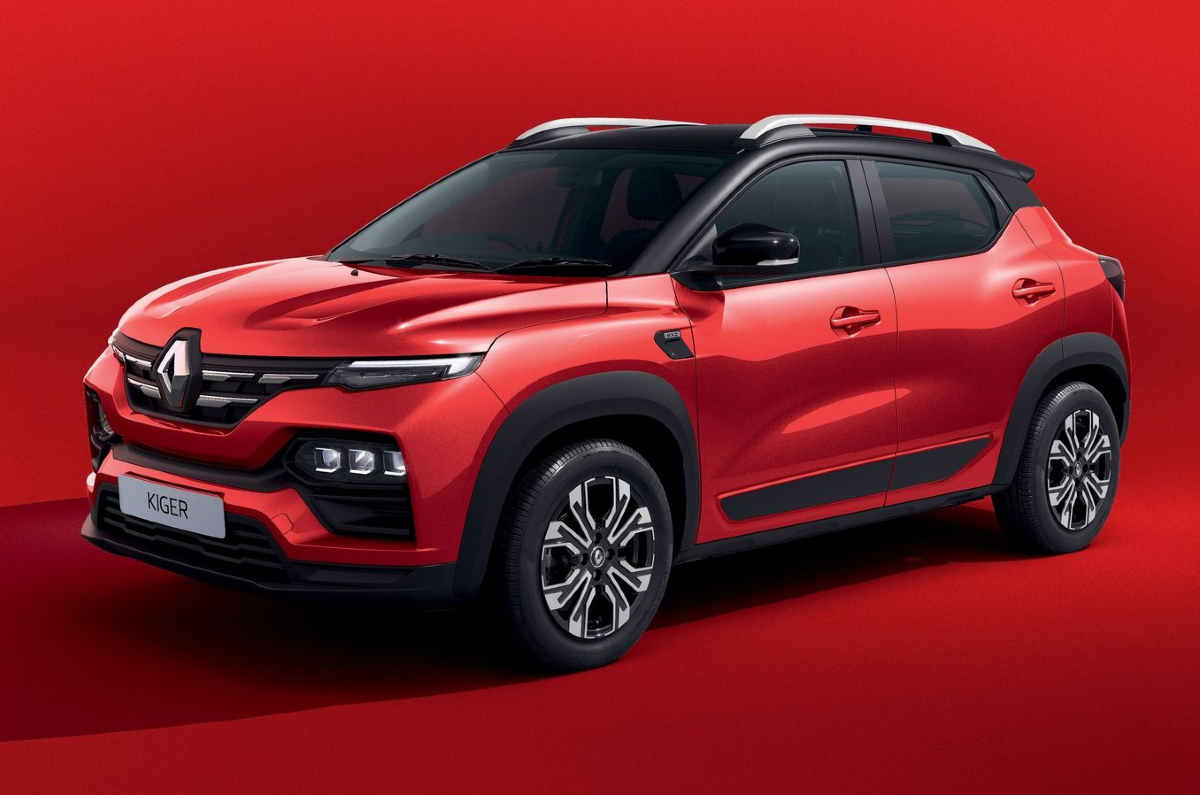Renault Kiger poised to alter value equation

The much-anticipated Renault Kiger is set to be launched in India on February 15, 2021. Recently, the carmaker commenced series production and dealer dispatches of the compact SUV.
Renault’s new compact SUV made its international debut in India. Not only does this speak volumes about the importance of our market to the French automaker, it also shows how committed Renault is to its success in India. We are currently the seventh largest market for Renault worldwide, and in order to make further inroads into our market, the Chennai-based company has now taken the plunge into the popular sub-four-metre SUV segment.
The Kiger, however, will have its work cut out. For one, it won’t be the dominant or first player in a niche – like the Duster, Kwid and Triber were. And then there’s the fact that the Kiger will have to go up against plenty of hardened, well-set rivals, chief amongst them is its own Japanese cousin – the Nissan Magnite – which only recently has shaken up the more price-sensitive end of this class.
Renault Kiger design and dimensions
The Kiger is based on Renault’s CMFA+ platform. Also shared with the 7-seat Triber MPV and the Nissan Magnite, it is a platform specifically designed to deliver great value. Being late to the compact SUV party also has its advantages; Renault now knows exactly what customers want. “We wanted to make it look as big as possible, like a car half-a-segment up,” said the Group design boss Laurens van den Acker. Seeing the final product in the flesh, we can say that the company has achieved what it set out to deliver.
Up front, what you notice first is the considerable width. The bonnet is heavily sculpted, the bumper with the integrated bullbar makes it easy to identify this as a Renault, and then the wide grille is flanked by LED DRLs up top, and three cube-like LED elements below; the latter are the main headlamp units. The front bumper features an X-shaped design, with the liberal use of blacked-out elements providing a nice contrast.
The profile is marked by a raked rear windscreen and a roofline that has a distinct rear spoiler element. Taut skinning, sculpted fenders and an upward kink in the window line towards the C-pillar are other Renault design cues that help give it a clear identity. The Kiger even gets roof rails, a 205mm ground clearance, body cladding and 16-inch dual-tone alloys for that essential SUV look. What’s more, the blacked-out treatment for the roof and wing mirrors will be available across the entire variant line-up.
Despite being the narrowest SUV in the segment (at 1,750mm), the Kiger has a stretched-out and planted stance, due in no small part to the muscular rear haunches. The standout feature at the rear are the three-dimensional and very sculpted, C-shaped LED tail-lamps. The Kiger also has a chunky rear bumper, with body cladding and a faux skid plate .
Renault Kiger interior and features
Step into the cabin and you notice that an 8.0-inch touchscreen takes pride of place on the dashboard. There are some hard plastics on top of the dash, but there are also some well-built plastics, and Renault has even used some chrome and shiny piano black to good effect.
Higher variants even get a rotary knob next to the gear lever to cycle through the Eco, Normal and Sport drive modes. These alter the engine mapping, gear shifts (auto transmission only) and steering response.
The Kiger also has some practical and large storage spaces like the twin gloveboxes and the enclosure between the elbow box and the gear lever. Placing the cup holders way down, however, makes them difficult to access and prone to spillage.
Shifting focus to the back seat, there is ample legroom and plenty of headroom, despite the sloping roofline. The seat is set a bit low and the window line is a bit high, but passengers will appreciate the rear armrest and AC vents. Renault claims the cabin is one of the widest in its class. Also of help is the flat central tunnel, so a third passenger won’t feel unwelcome. Additionally, the boot capacity is pegged at a class-leading 405 litres.
On the equipment front, the Kiger gets steering mounted controls, wireless Apple CarPlay/Android Auto, an Arkamys 3D sound system, keyless entry-go and auto climate control, though the all-important sunroof is missing. A wireless charger and an air purifier can also be had as part of an accessory pack. Safety features include four airbags, ABS, rear-view camera and parking sensors.
Renault Kiger engine and gearbox details
A 100hp, 1.0L turbo will power the Kiger.
Akin to the Magnite, the Kiger features a pair of 1.0-litre, three-cylinder petrol engines – a 72hp, naturally-aspirated unit and a 100hp turbocharged mill. Both get a manual gearbox as standard, with the more powerful motor getting the option of a CVT auto transmission. Unique to the Renault, however, is the optional AMT gearbox for the entry-level engine. So you can opt for an automatic whatever your budget.
Slated for launch on February 15, Renault has confirmed that its upcoming model will be the “most affordable SUV in its segment”, which means that the base Kiger will even undercut the keenly-priced Magnite that now starts from Rs 5.49 lakh (ex-showroom, India). With attractive looks, a spacious cabin, a generous equipment list and a killer price tag, the Kiger could very well be the new ace in the pack. Compact SUV buyers have never had it so good.
Also see:
Renault Kiger vs rivals: Specifications comparison
Renault Kiger price to undercut Nissan Magnite
2021 Renault Kiger first look video



No comments: